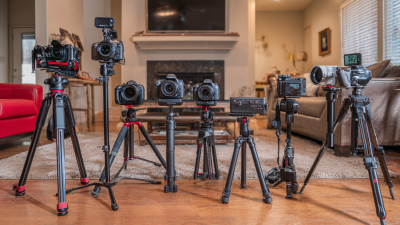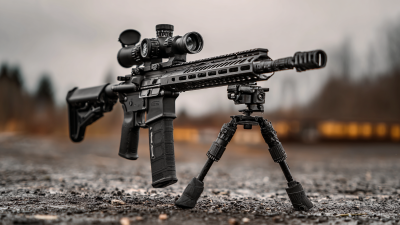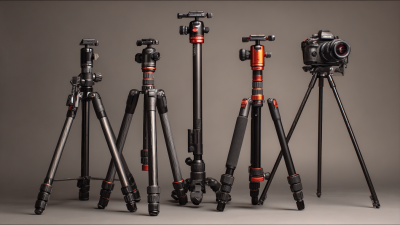Choosing the right Spotting Scope Tripod is crucial for enhancing your outdoor adventures, particularly in activities like birdwatching, wildlife observation, and landscape photography. According to the Outdoor Industry Association, approximately 38 million people participate in wildlife observation activities each year, and the demand for high-quality optics and stable equipment has significantly increased. A reliable tripod not only stabilizes your spotting scope, allowing for clearer and sharper images, but also enhances your overall viewing experience, especially during extended periods of observation. Research from the National Audubon Society indicates that a well-chosen tripod can reduce fatigue and improve focus, thereby making your outdoor excursions more enjoyable. In this guide, we will explore the key factors to consider when selecting a Spotting Scope Tripod to ensure you’re well-equipped for your next outdoor quest.
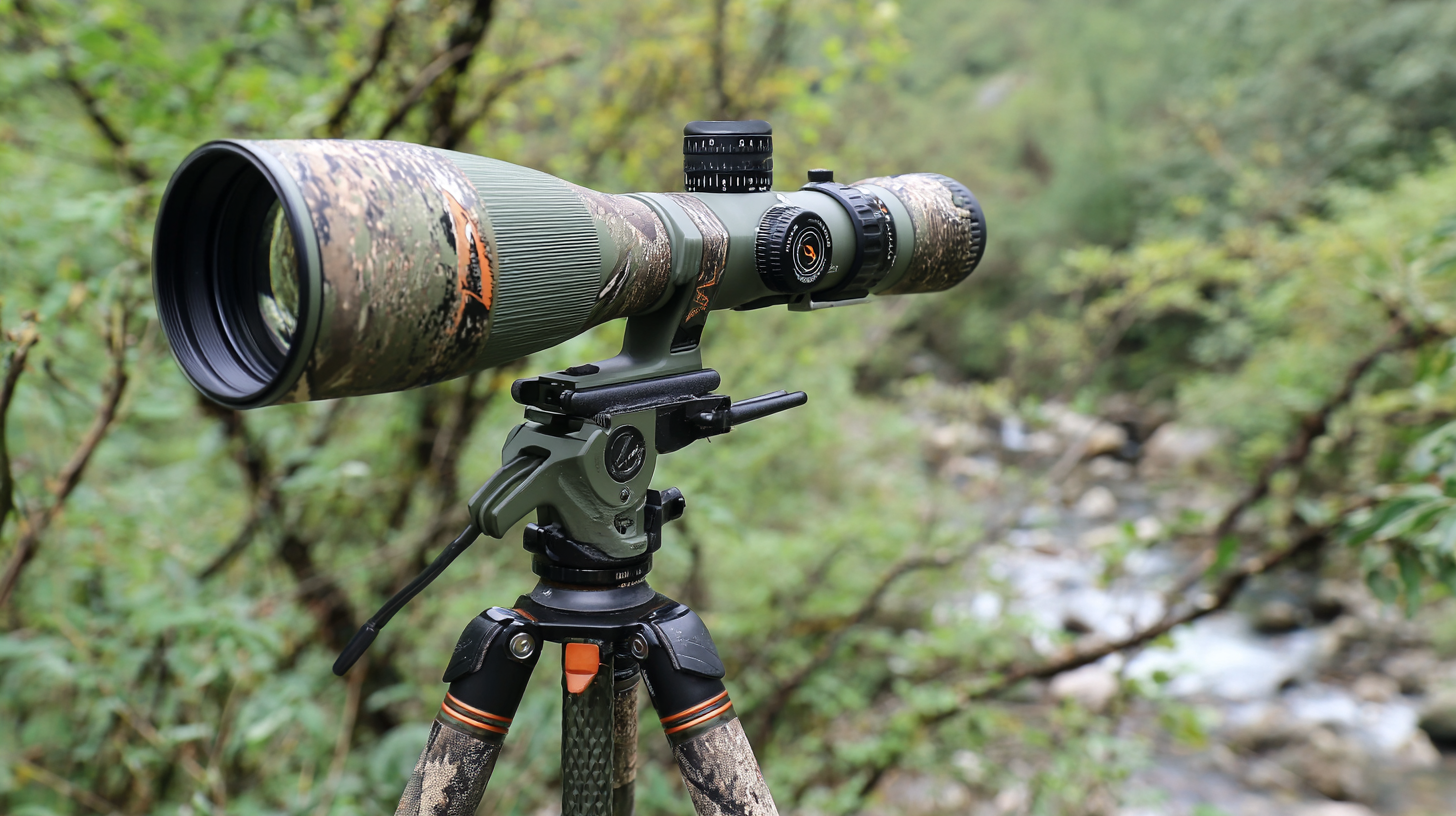
When choosing a tripod for your spotting scope, one of the most critical factors to consider is the tripod height. The right height ensures comfort and stability during your outdoor adventures, allowing you to focus without straining your neck or back. Generally, a tripod should stand at eye level when fully extended, which usually means selecting one that can reach around 60 to 70 inches tall. This height allows for easy viewing while standing, making it perfect for diverse environments such as open fields or rocky terrains.
In addition to maximum height, consider the versatility of the tripod's adjustable legs. Look for models that offer multiple height settings, which can be adjusted according to the specific situation. For example, when sitting on the ground, a shorter tripod would provide more stability and comfort. A tripod with quick-release locks or frictions can allow for swift adjustments, ensuring you can adapt to changing conditions seamlessly. Moreover, a tripod with rubber feet can offer extra grip on uneven surfaces, enhancing your spotting experience during various outdoor excursions.
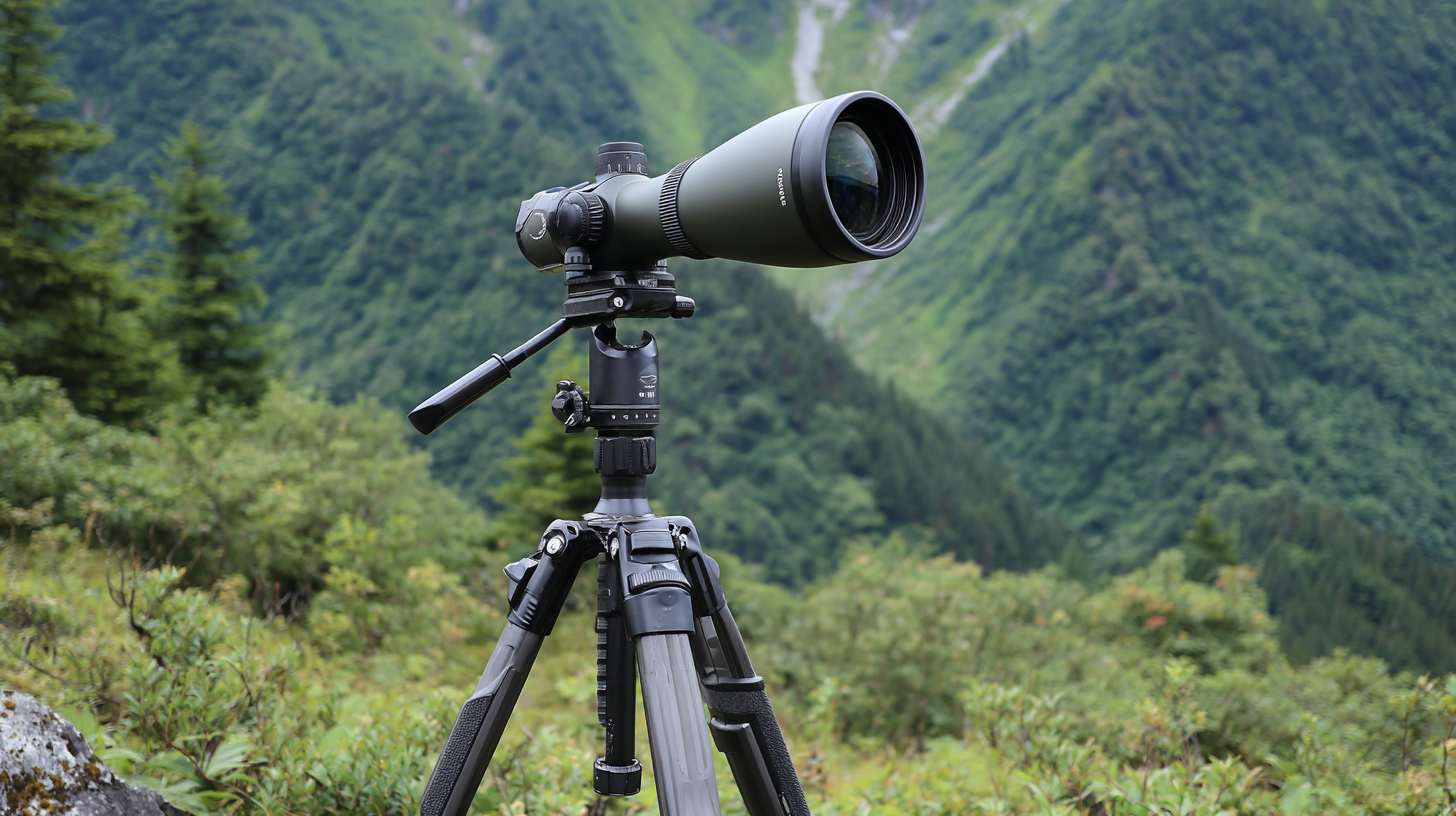
When selecting a spotting scope tripod, evaluating the material of the tripod is crucial for ensuring durability and stability in various outdoor conditions. Tripods are typically made from aluminum, carbon fiber, or a blend of both materials. According to a 2021 study by the Outdoor Equipment Institute, carbon fiber tripods are favored by serious outdoor enthusiasts due to their unparalleled strength-to-weight ratio. They are approximately 30% lighter than aluminum models, making them easier to transport without sacrificing stability.
However, cost considerations cannot be overlooked, as carbon fiber tripods can be significantly more expensive. Aluminum tripods, while heavier, offer outstanding durability and are often more budget-friendly. The same study indicated that aluminum tripods tend to perform well in adverse weather conditions, maintaining stability even in windy environments. It's essential for users to assess their specific outdoor activities and choose a material that balances portability and sturdiness, ensuring a reliable setup whether hiking, birdwatching, or stargazing.
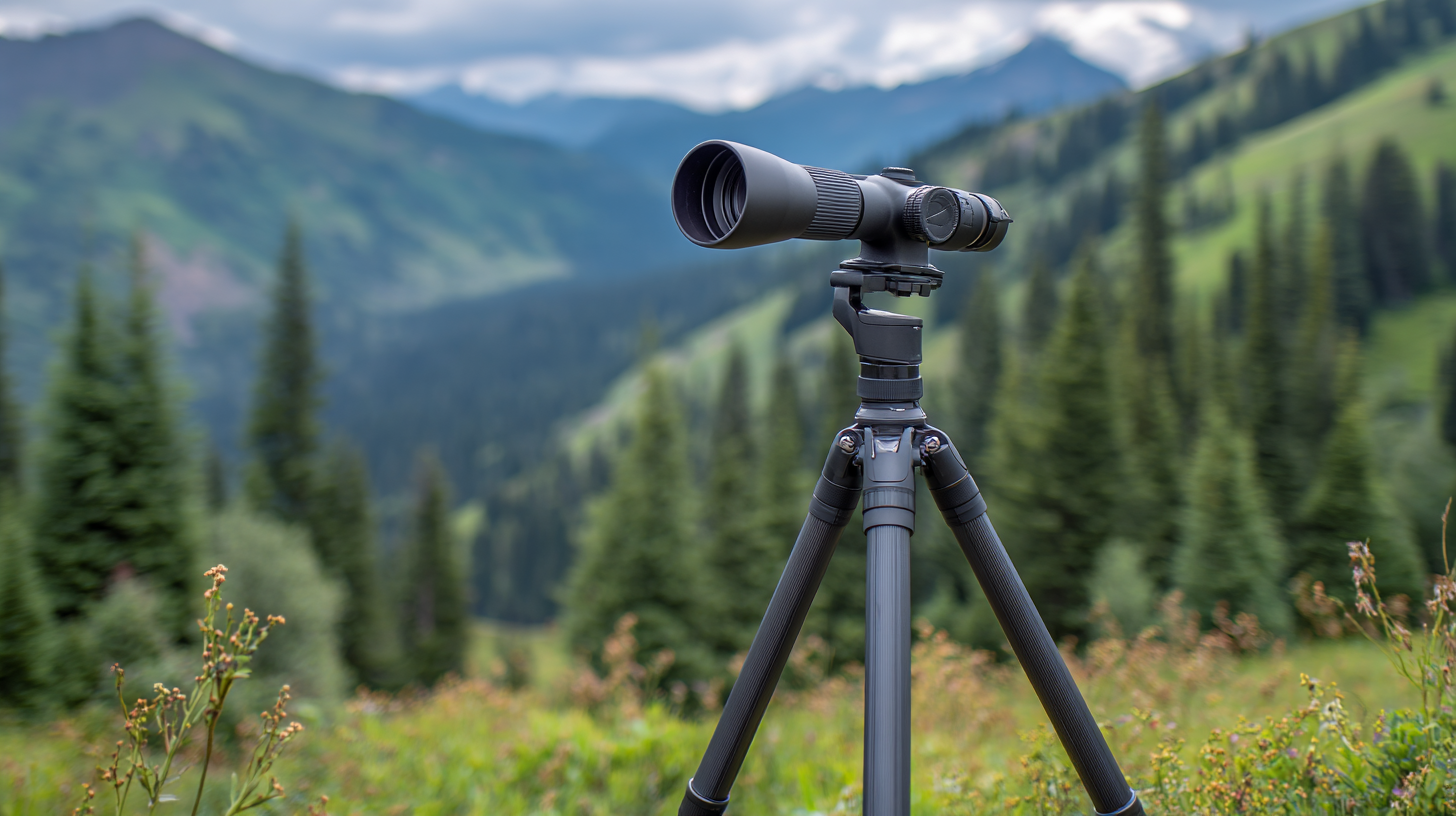
When choosing a tripod head for your spotting scope, understanding the different types available is crucial for optimal performance during outdoor adventures. The three primary types are pan-tilt heads, ball heads, and gimbal heads. Pan-tilt heads allow for precise adjustments in both vertical and horizontal movements, making them ideal for birdwatching and scenic observations. Meanwhile, ball heads offer flexibility and swift repositioning, which can be particularly useful in dynamic environments where subjects are constantly moving.
Gimbal heads are especially advantageous for wildlife and sports photography, as they allow for seamless tracking of fast-moving subjects using heavy lenses. Recent studies in the outdoor optics community show that using a high-quality gimbal head can improve stability and reduce fatigue during prolonged observation sessions. In 2025, the top-rated spotting scope tripods have shown to significantly enhance viewing experiences, providing the security and support necessary for long-duration stargazing or wildlife watching. By pairing your spotting scope with the right tripod head, you can ensure that your outdoor adventures are as enjoyable and effective as possible.
When choosing a lightweight tripod for your outdoor adventures, portability should be a top priority. A lightweight tripod is essential for birdwatchers and outdoor enthusiasts who need to travel with their equipment. Keeping your gear manageable allows more freedom to explore different environments without being weighed down. Look for materials such as carbon fiber or aluminum, which provide the strength needed for stability while remaining lightweight.
Additionally, consider the tripod’s height and adjustability. A tripod that can be easily adjusted will enable you to adapt to varying terrain and vantage points. A compact design that folds down to a small size is also beneficial for fitting into backpacks. With the tripod market projected to grow significantly, reaching an estimated $4.64 billion by 2033, investing in a quality, portable tripod now can enhance your outdoor experience and ensure you're equipped for any adventure that comes your way.
When venturing into the great outdoors with a spotting scope, budgeting becomes a crucial factor in selecting the right tripod. According to a recent study by the Outdoor Industry Association, nearly 70% of outdoor enthusiasts consider price to be a significant influencing factor in their purchase decisions. This highlights the need to balance quality and cost when choosing a tripod that meets your specific needs without breaking the bank.
One strategy for finding the best value is to assess the features that matter most to you. For instance, lightweight materials like aluminum or carbon fiber can add to the initial cost, yet they offer portability that is essential for trekking. Research indicates that tripods weighing less than 4 pounds are preferred by 60% of bird watchers and wildlife photographers, allowing them to carry their gear effortlessly. By prioritizing what features you need—such as stability, weight, and height adjustments—you can find a tripod that not only fits your budget but also enhances your outdoor experiences effectively.


